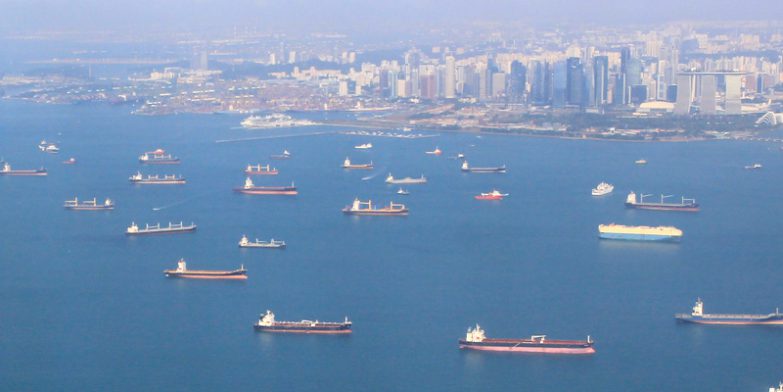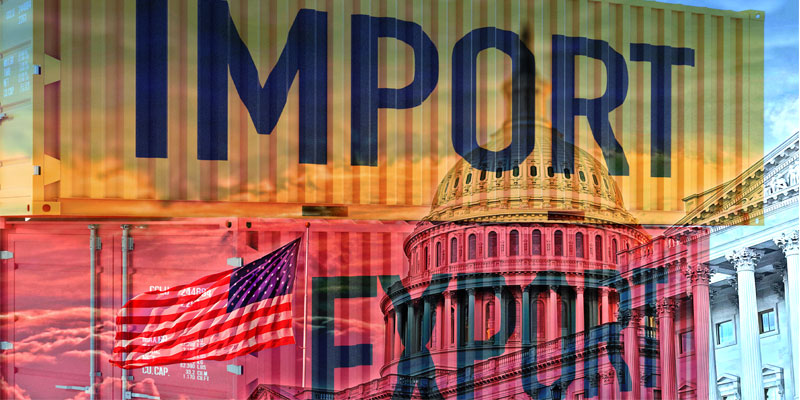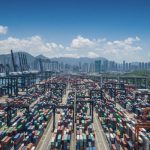
Global container shipping lines are bracing for a decade of structural oversupply, with new vessel deliveries far outpacing demand growth and additional capacity being released when traffic eventually returns to the Suez routing.
Despite a temporary lift in trade volumes from front-loading and fiscal stimulus, the medium-term outlook points to sustained downward pressure on freight rates and increased schedule volatility.
Revised forecasts now project container demand growth of 2.6% in 2025, broadly aligned with the IMF’s updated GDP growth outlook. However, slower US job growth, inflationary pressures, and weaker consumer demand are expected to push trade growth down to 1.7% in 2026, with only modest recovery through the rest of the decade.
By mid-2025, global carriers had ordered 2.3 million TEU of new capacity, only slightly below the record levels set in late 2024. The current order-book now totals 9.6 million TEU, equivalent to more than 30% of the active fleet. With 3.3 million TEU scheduled for delivery in 2028 alone, average fleet growth is forecast to remain above 6% per year between 2025 and 2028, with a peak of more than 7% in 2028. This imbalance locks in an oversupply that analysts expect to persist until at least 2029.
Carriers are already exploring strategies to absorb the glut. These include reconfiguring services, merging routes, and implementing blank sailings to match supply more closely to demand. Slower steaming, temporary vessel idling, and accelerated demolition of older ships are also likely to feature, alongside opportunistic surcharges and continued industry consolidation. While these measures may help stabilise rates in the short term, they cannot fully offset the structural imbalance.
Another key challenge will come when Red Sea diversions finally end. The return of vessels to the Suez Canal will shorten voyage times and free up significant capacity, but also risks intensifying oversupply at a time when new deliveries are peaking. Carriers will need to realign schedules quickly, raising the prospect of port congestion, equipment shortages, and further disruption across European and Asian hubs.
For shippers, this environment offers opportunities and risks in equal measure. Lower rates may be welcome, but reliability will remain under constant pressure as carriers adjust capacity on the fly. Visibility, resilience, and the ability to adapt quickly are critical to navigating these conditions.
At Global Forwarding, we combine global expertise with long-standing carrier relationships, and advanced visibility tools to help shippers manage volatility.
Contact our team to discuss how we can protect your cargo flows in an uncertain market.





